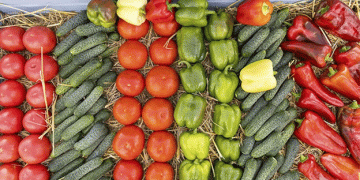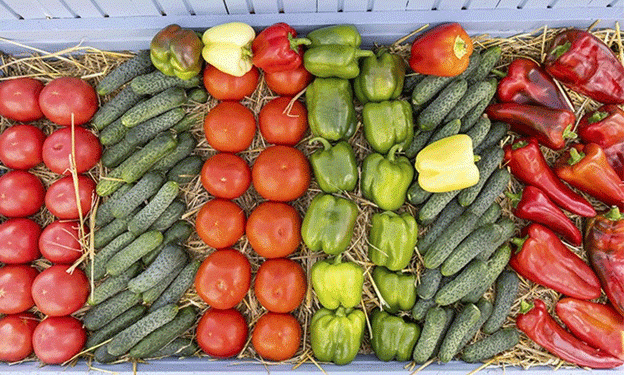The Volgograd region has solidified its position as one of Russia’s top agricultural powerhouses, particularly when it comes to open-field vegetable production. According to the latest data from Russia’s Ministry of Agriculture, the region’s farmers have already harvested more than 376,000 tons of open-field vegetables in 2024, ranking it among the top five regions nationwide in this sector.
Impressive Yields and Crop Variety
Farmers in Volgograd have made significant strides in vegetable cultivation, with notable production figures across a variety of crops:
- Tomatoes: Over 31,000 tons
- Cabbage: 28,000 tons
- Onions: 160,000 tons
- Cucumbers: 34,000 tons
- Carrots: 84,000 tons
- Peppers: 14,000 tons
- Beets: 8,000 tons
- Potatoes: 64,000 tons
This wide range of crops reflects the region’s diverse agricultural output, with onions, carrots, and tomatoes being particularly strong contributors. The majority of this production comes from key districts like Gorodishchensky, which alone has harvested over 148,000 tons of vegetables, followed by Sredneakhtubinsky (79,000 tons) and Svetloyarsky (41,000 tons).
Greenhouse Production and Year-Round Harvesting
In addition to open-field production, Volgograd also ranks in the top five regions for greenhouse vegetable cultivation. Since the beginning of 2024, more than 45,000 tons of greenhouse-grown vegetables have been harvested, including around 32,000 tons of cucumbers and over 13,000 tons of tomatoes. This push for greenhouse production is critical in extending the growing season and meeting the demand for fresh vegetables year-round.
Investment in Storage Capacity
A major factor contributing to the region’s agricultural success is its focus on expanding vegetable storage capacity. The Volgograd region has long been a key area for vegetable production and processing, but the challenge has been to store these crops efficiently to ensure a year-round supply.
Since 2014, the region has significantly increased its vegetable storage capacity, expanding from 153,000 tons to an impressive 437,000 tons in 2024. This expansion has been bolstered by government-backed initiatives. For example, a new storage complex was recently opened at the Cherdyntsev family farm, with support from the government. Governor Andrey Bocharov reviewed the success of this investment project, noting its importance for the region’s overall agricultural strategy.
The Volgograd region’s ongoing success in both open-field and greenhouse vegetable production is a testament to its strategic investments in agriculture, particularly in storage capacity, which ensures that fresh produce can be supplied to markets year-round. By focusing on expanding production and processing capabilities, Volgograd continues to play a critical role in feeding Russia, with the potential for even greater growth in the future.
As the region moves forward, continued investments in infrastructure and sustainable farming practices will be key to maintaining its leadership position in vegetable production. Farmers and agribusinesses in the region have shown that with the right support and strategic planning, they can meet growing demand and enhance both the quality and quantity of their output.































